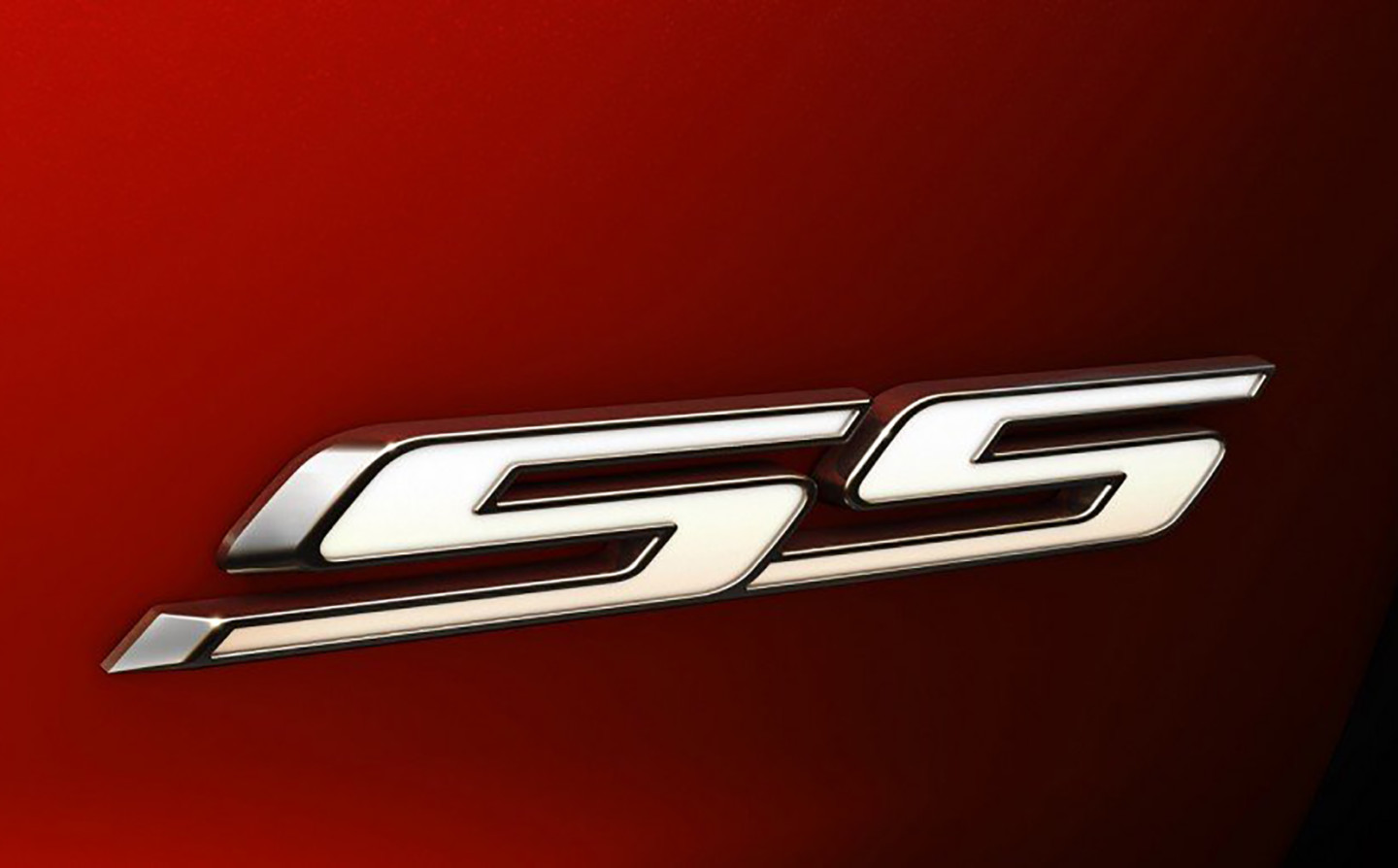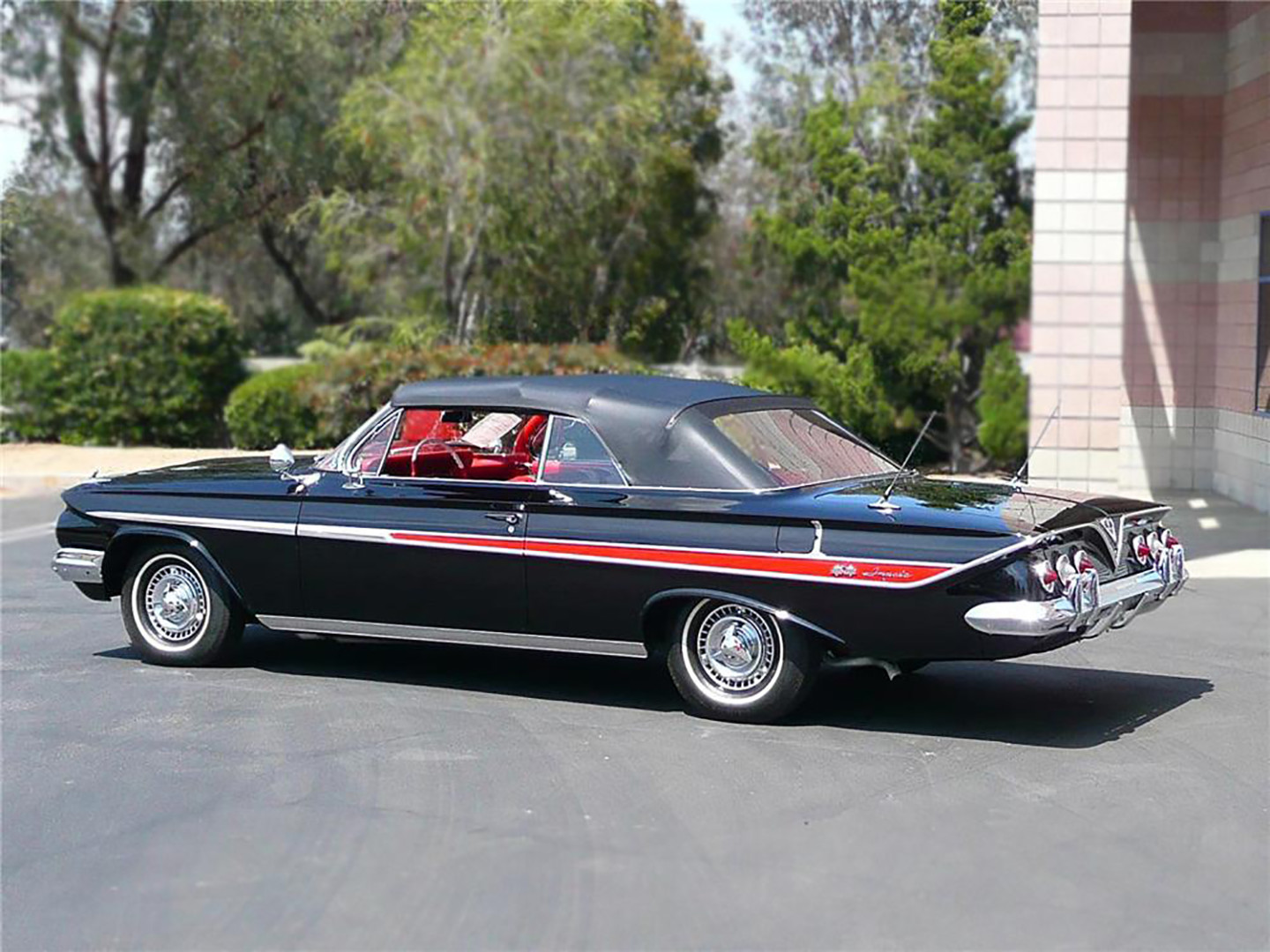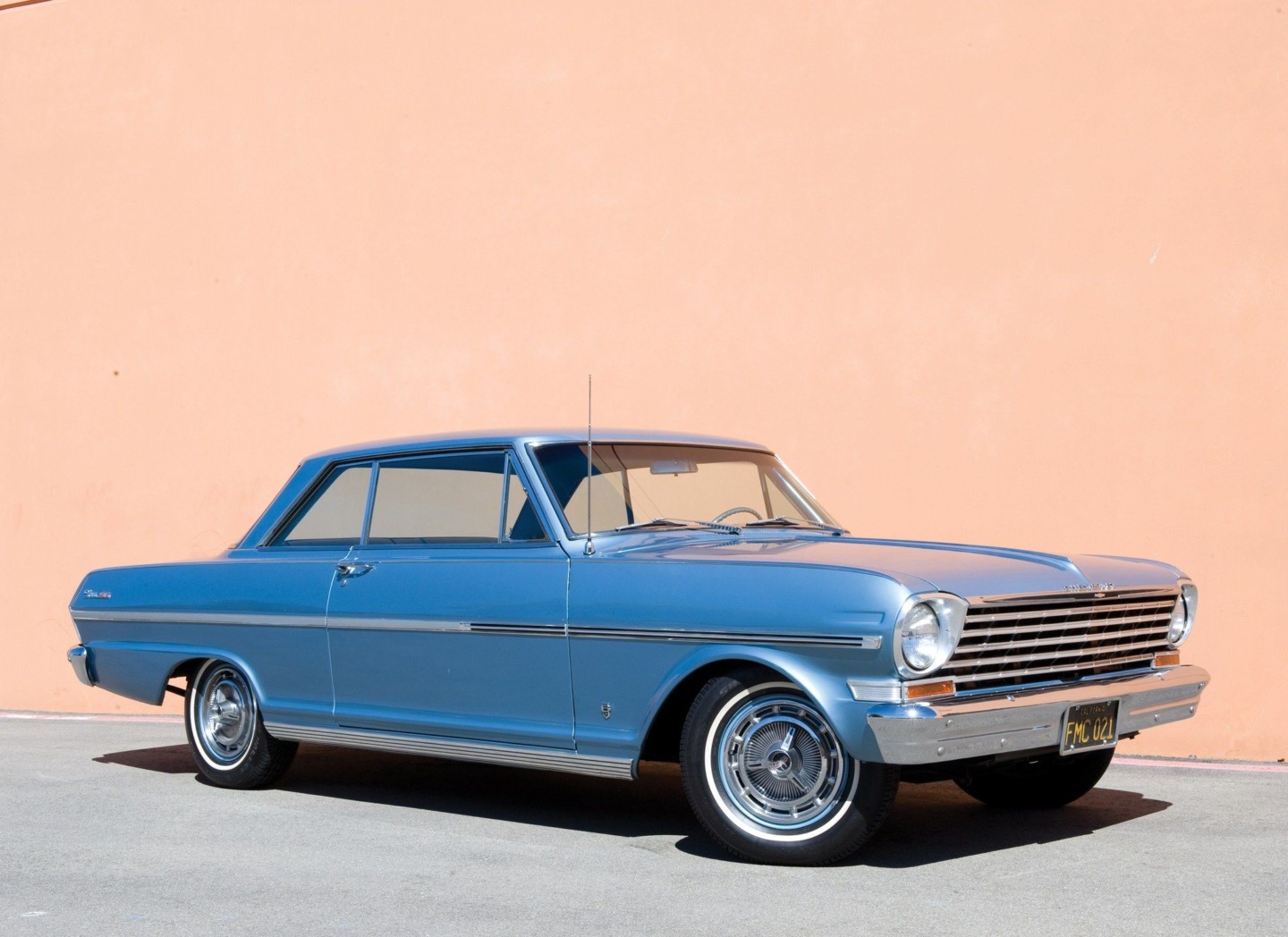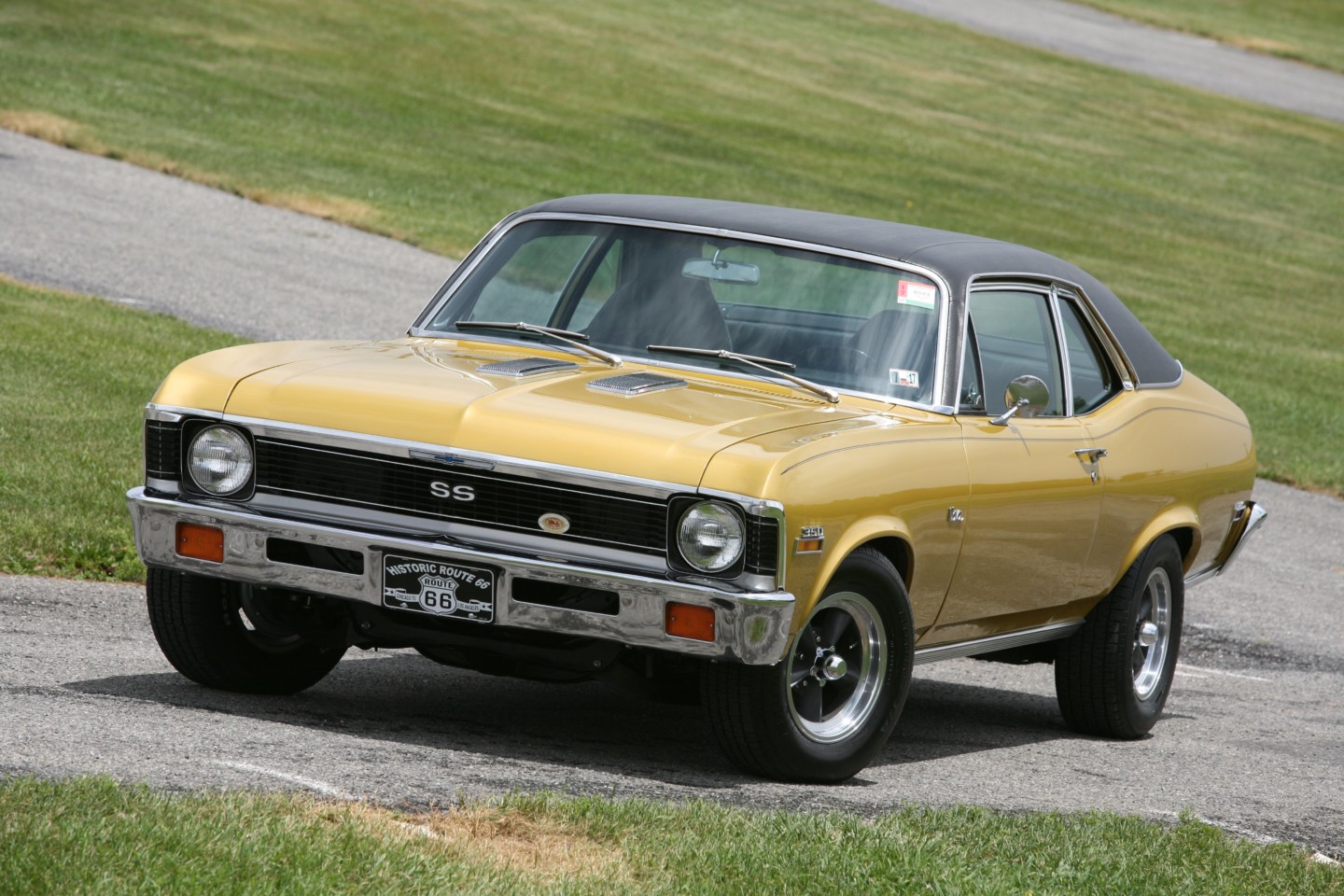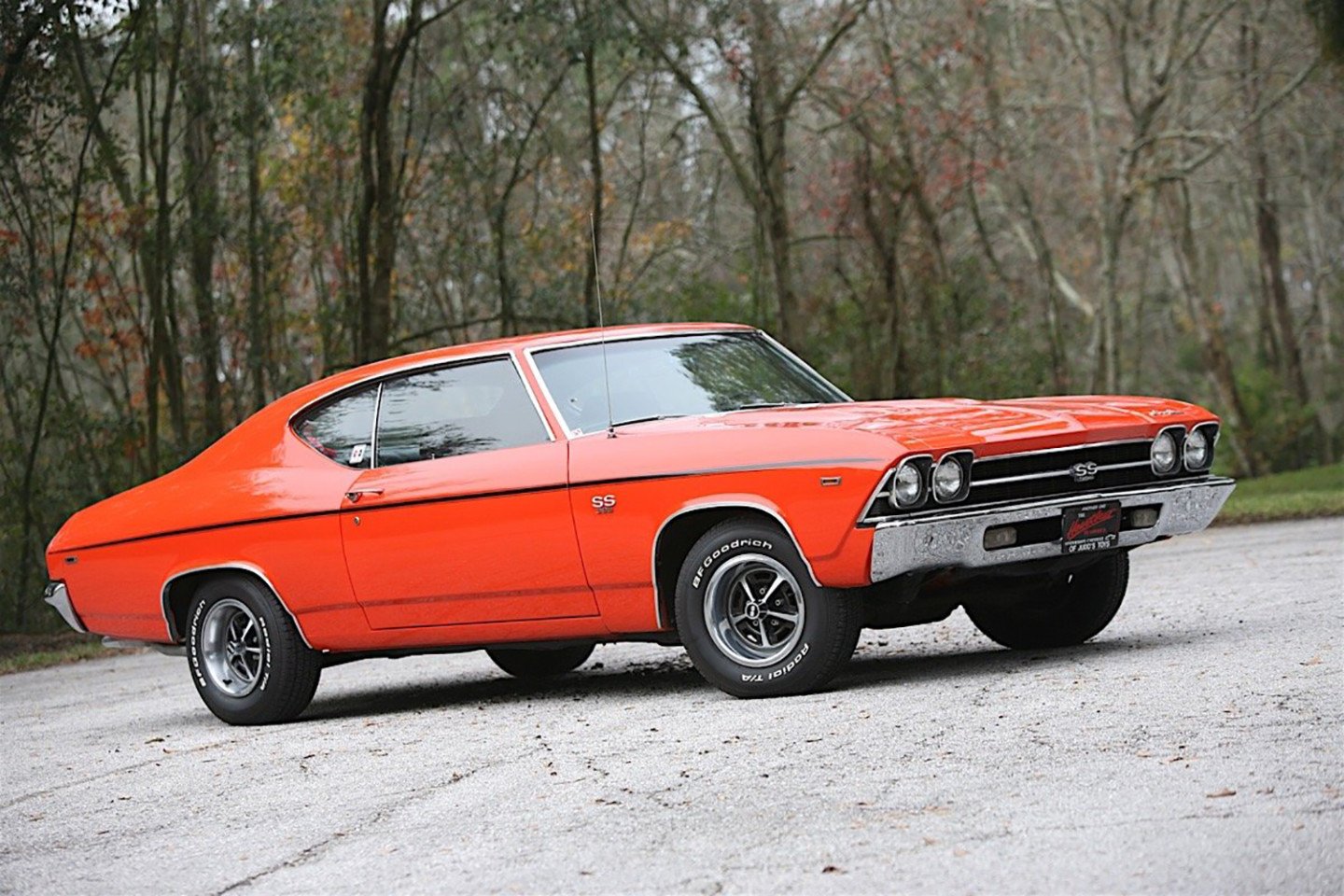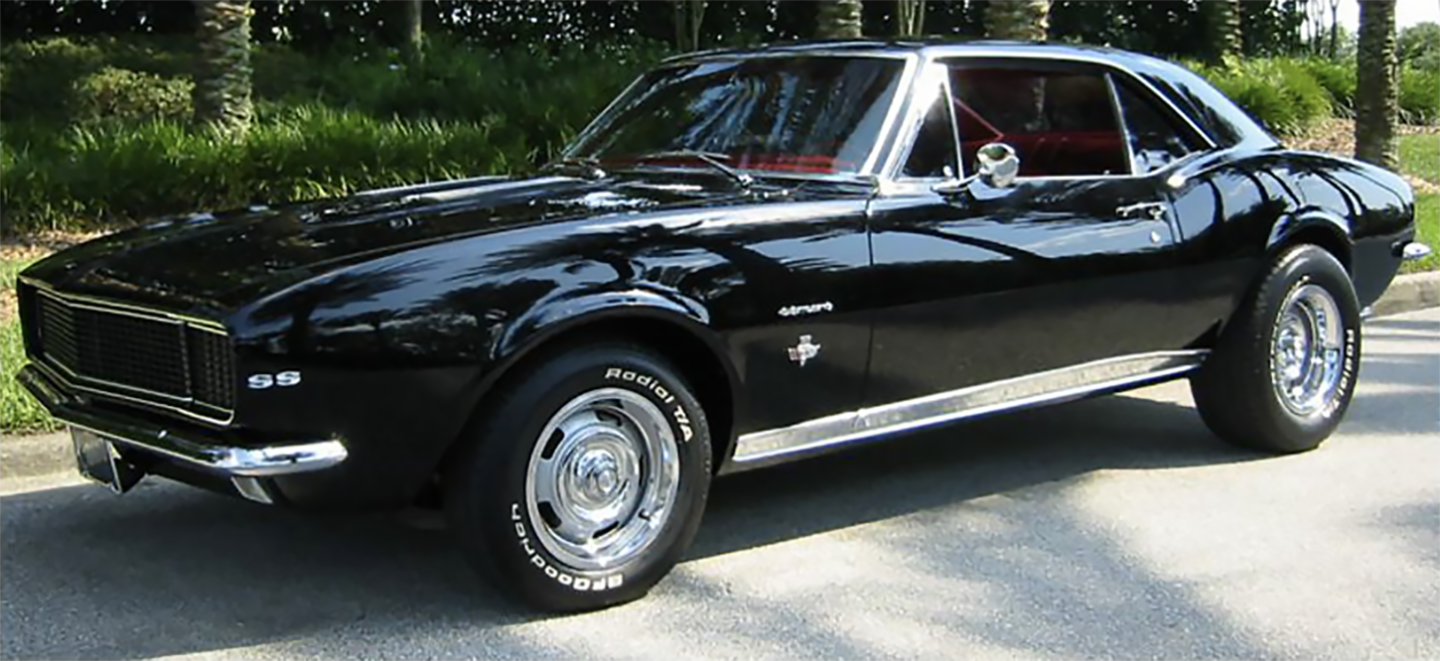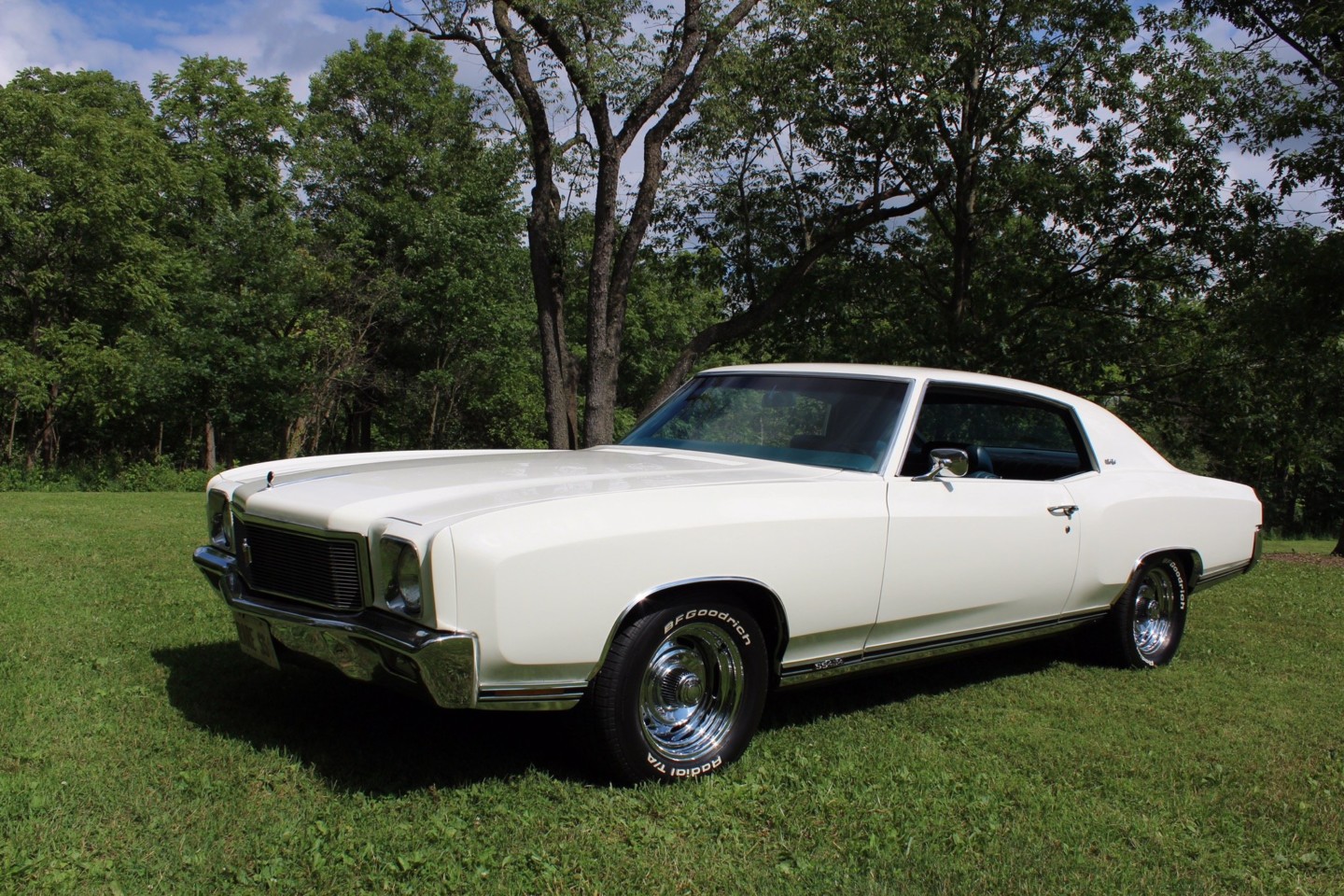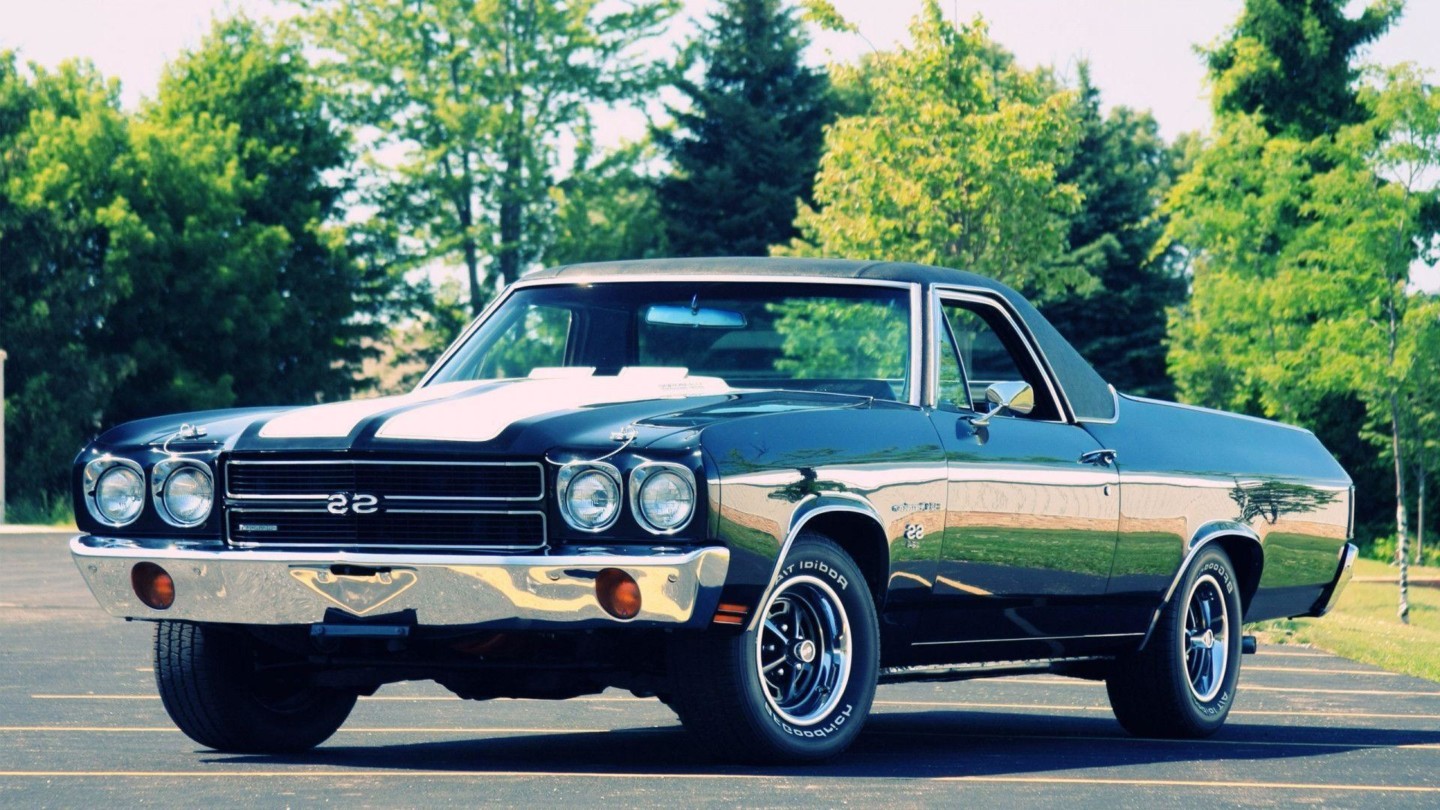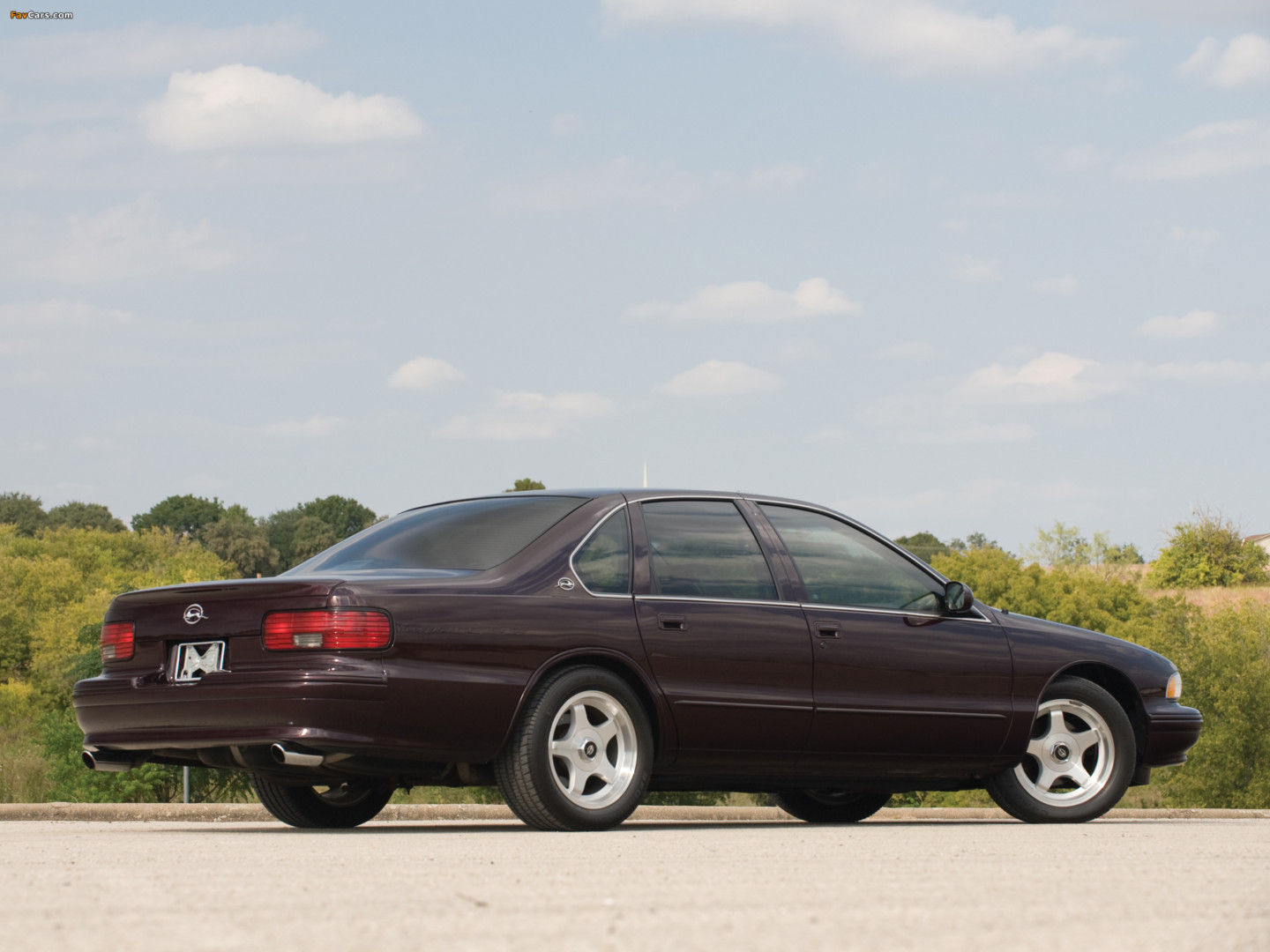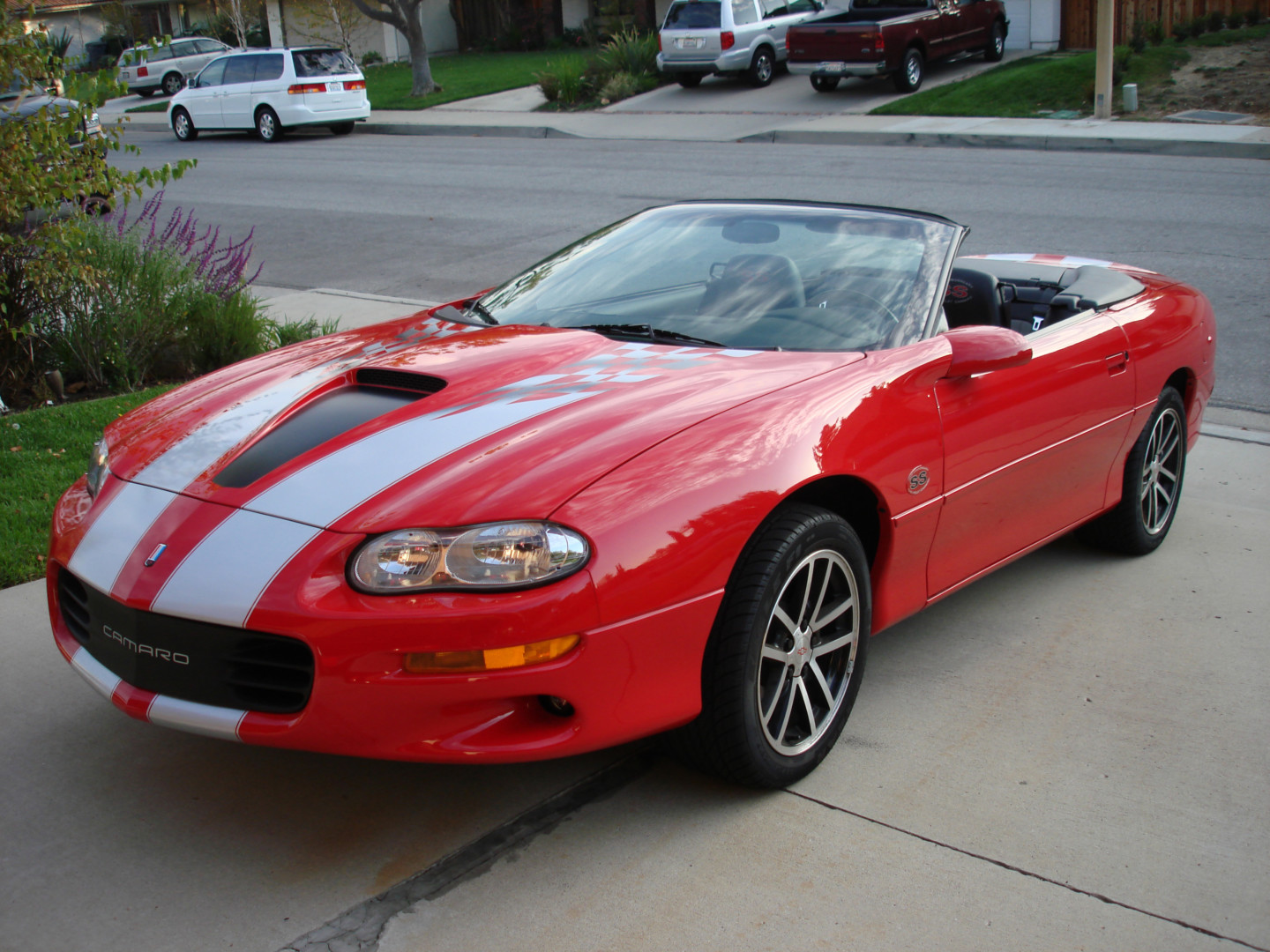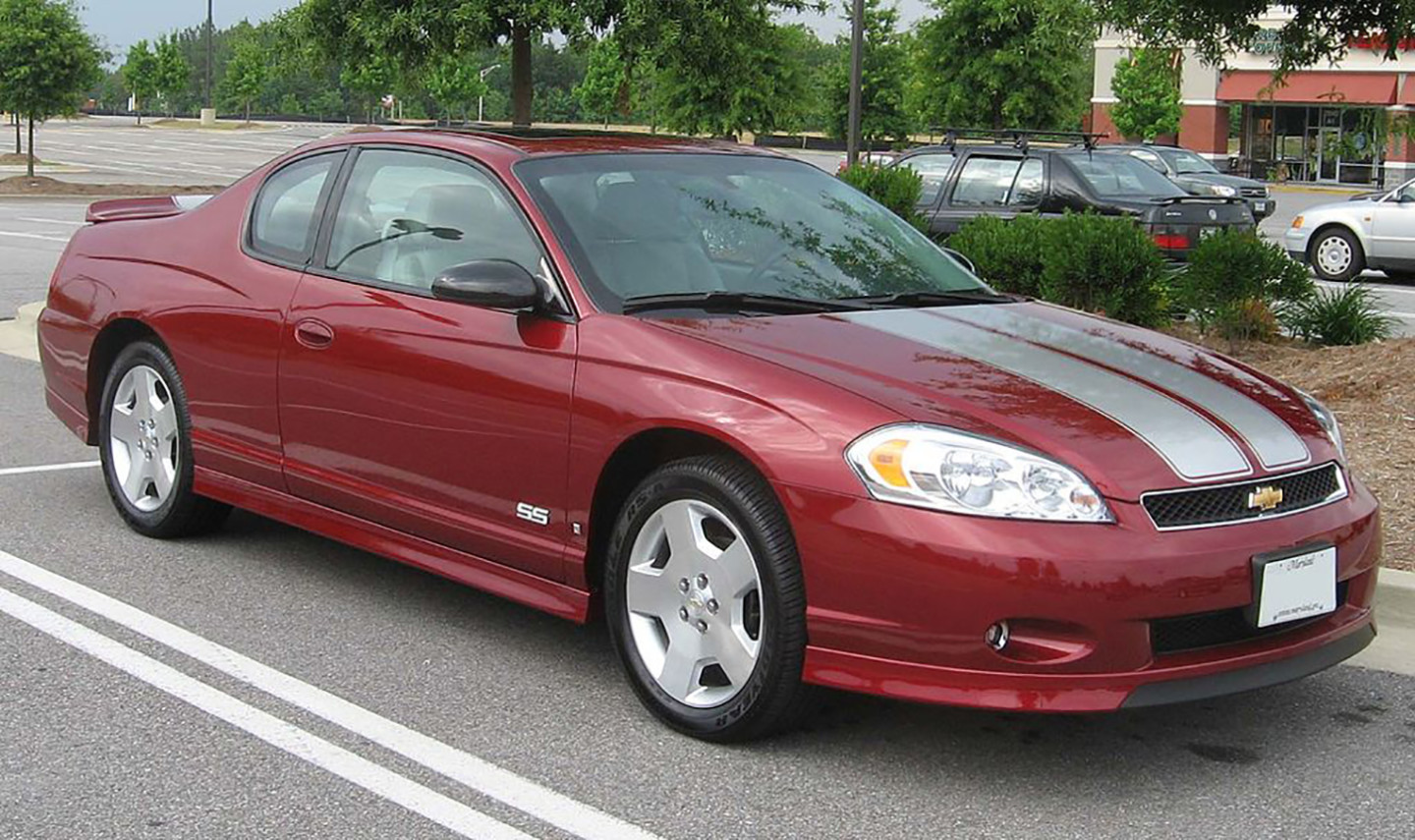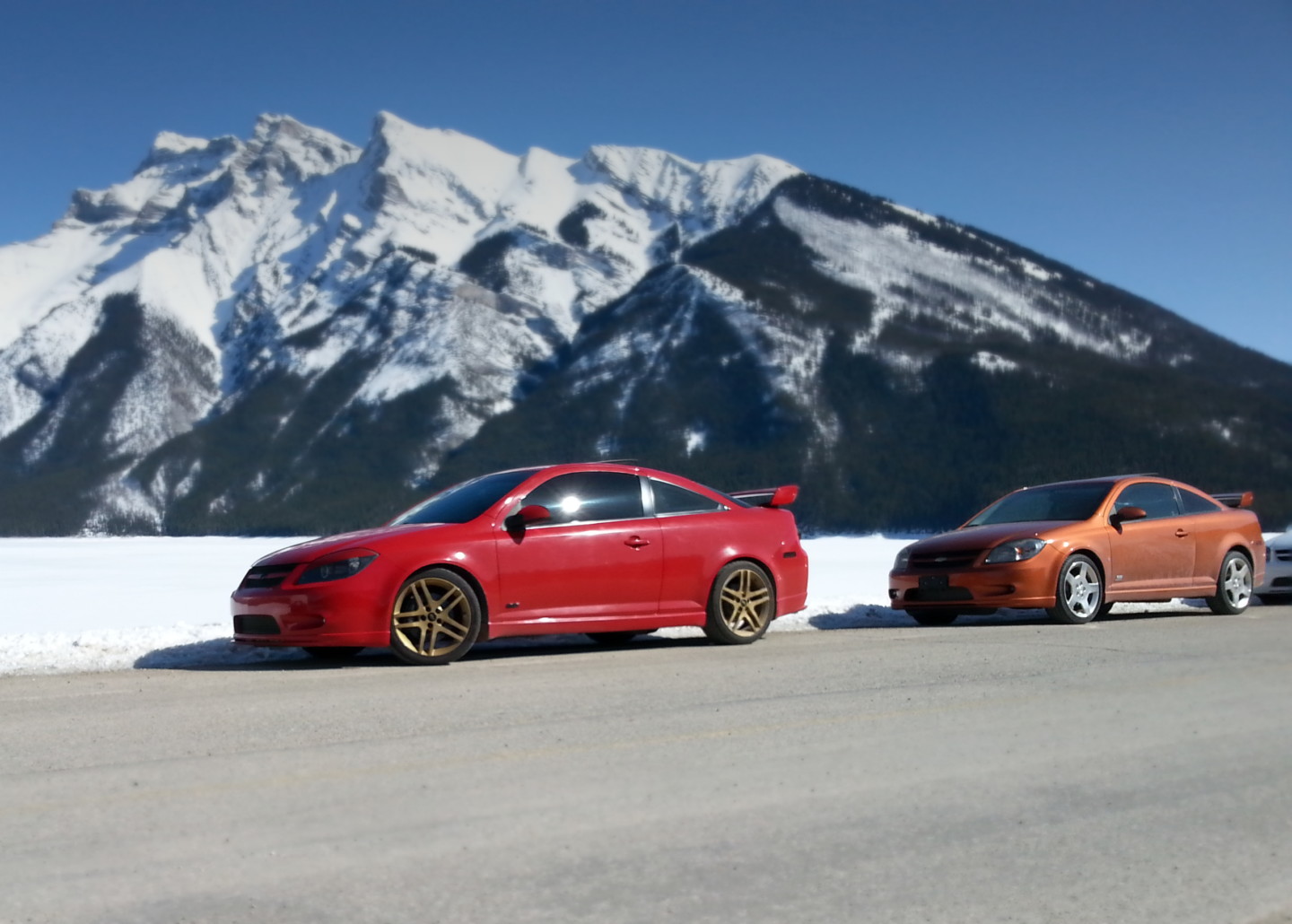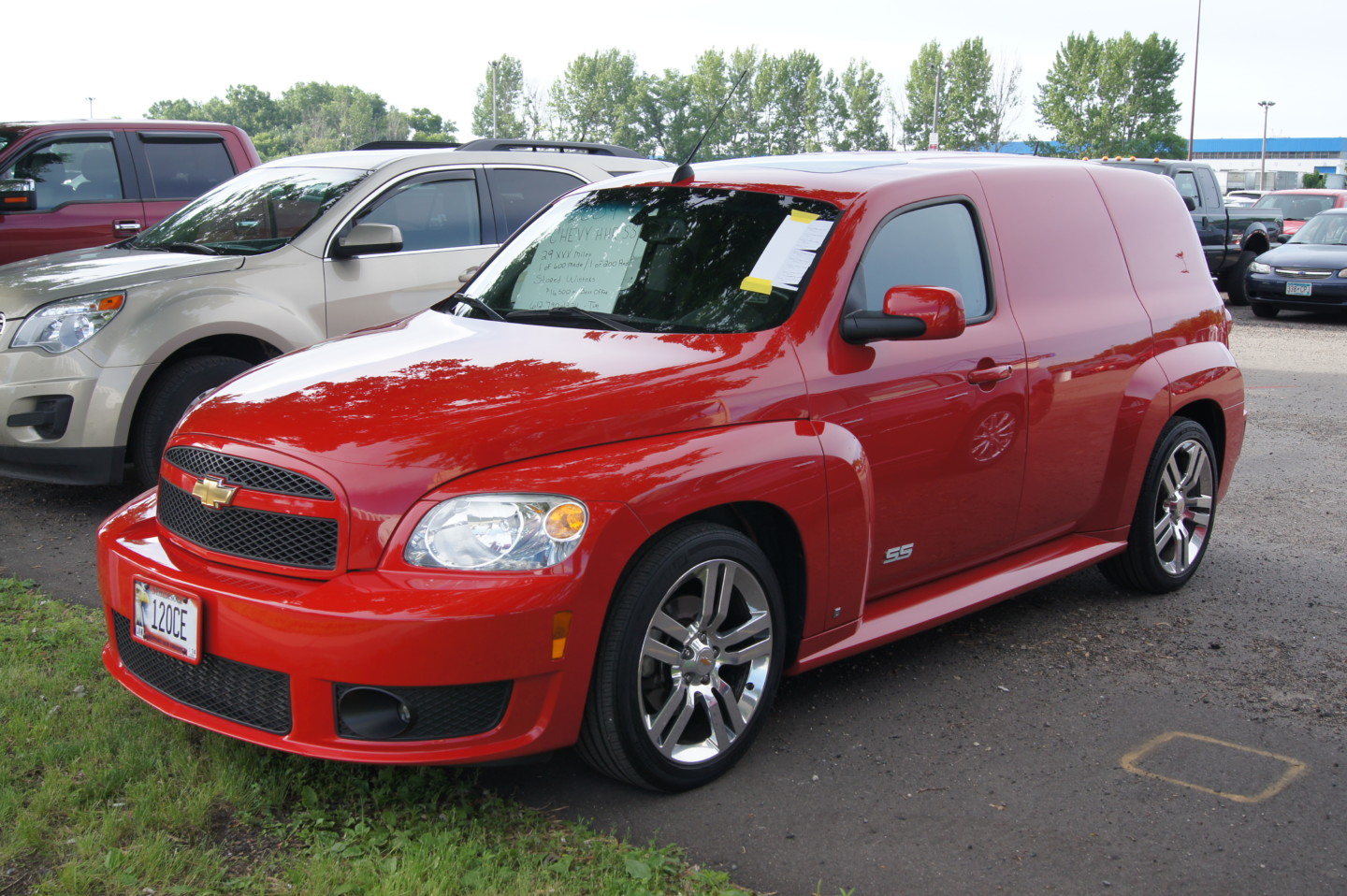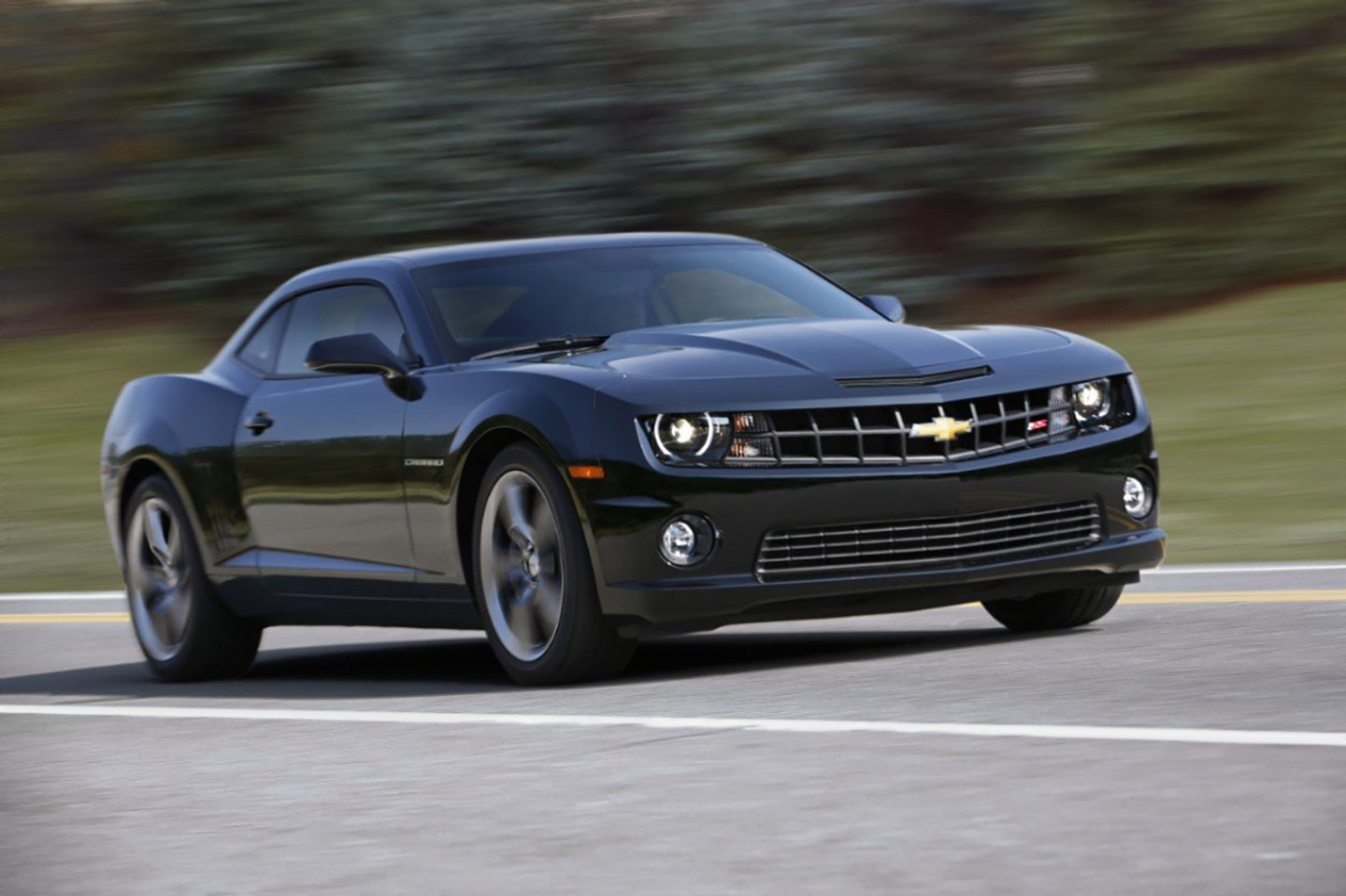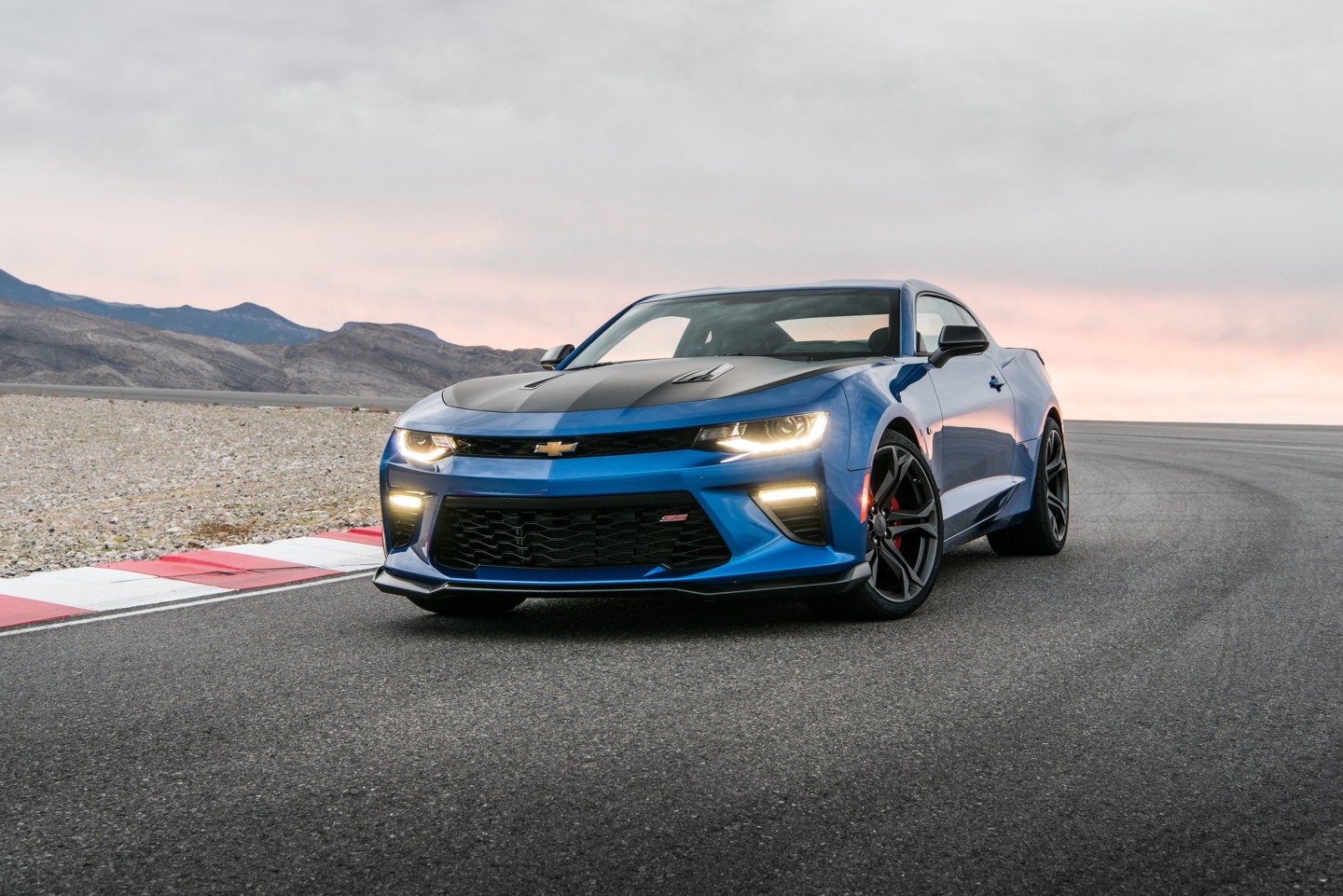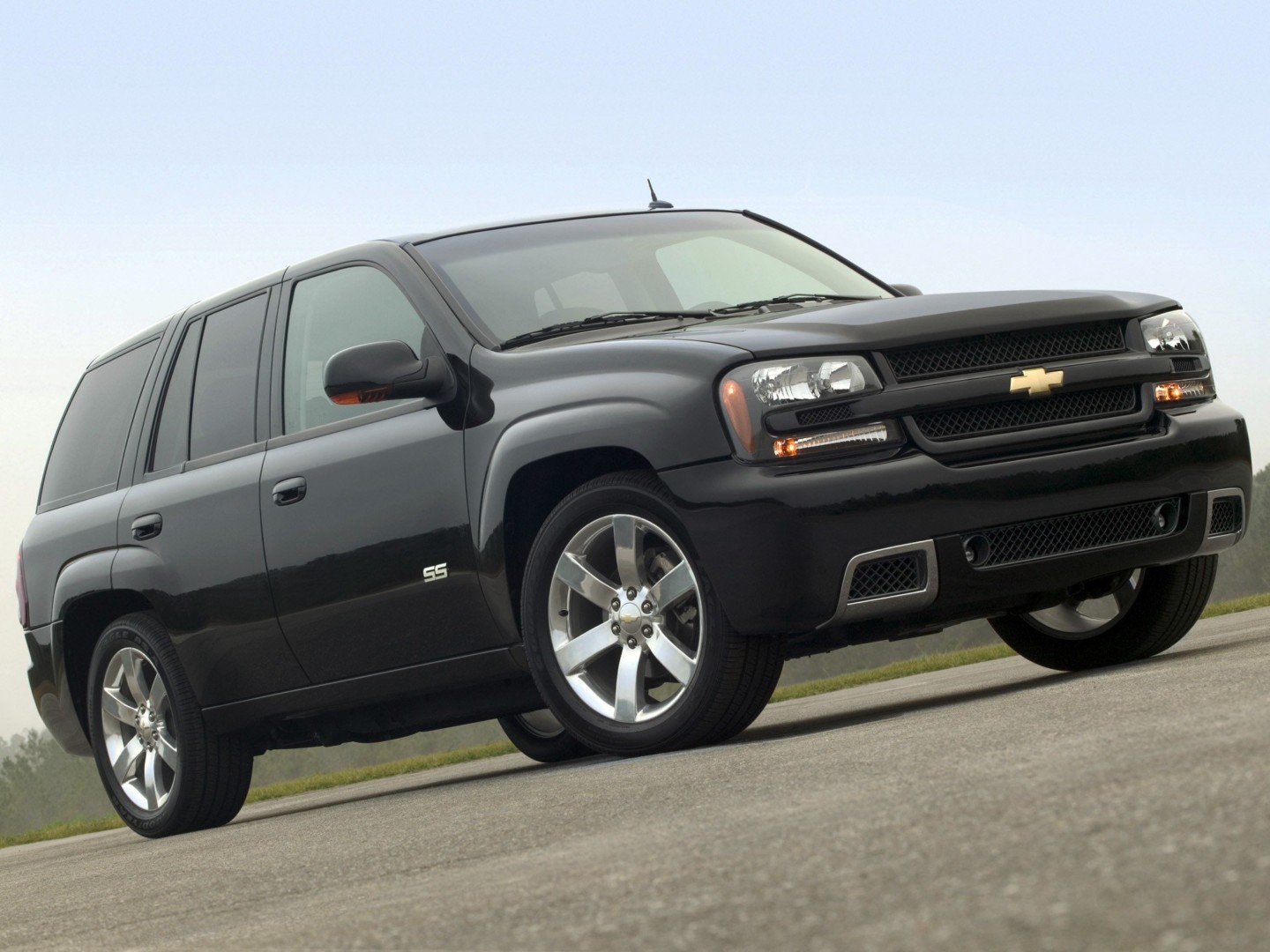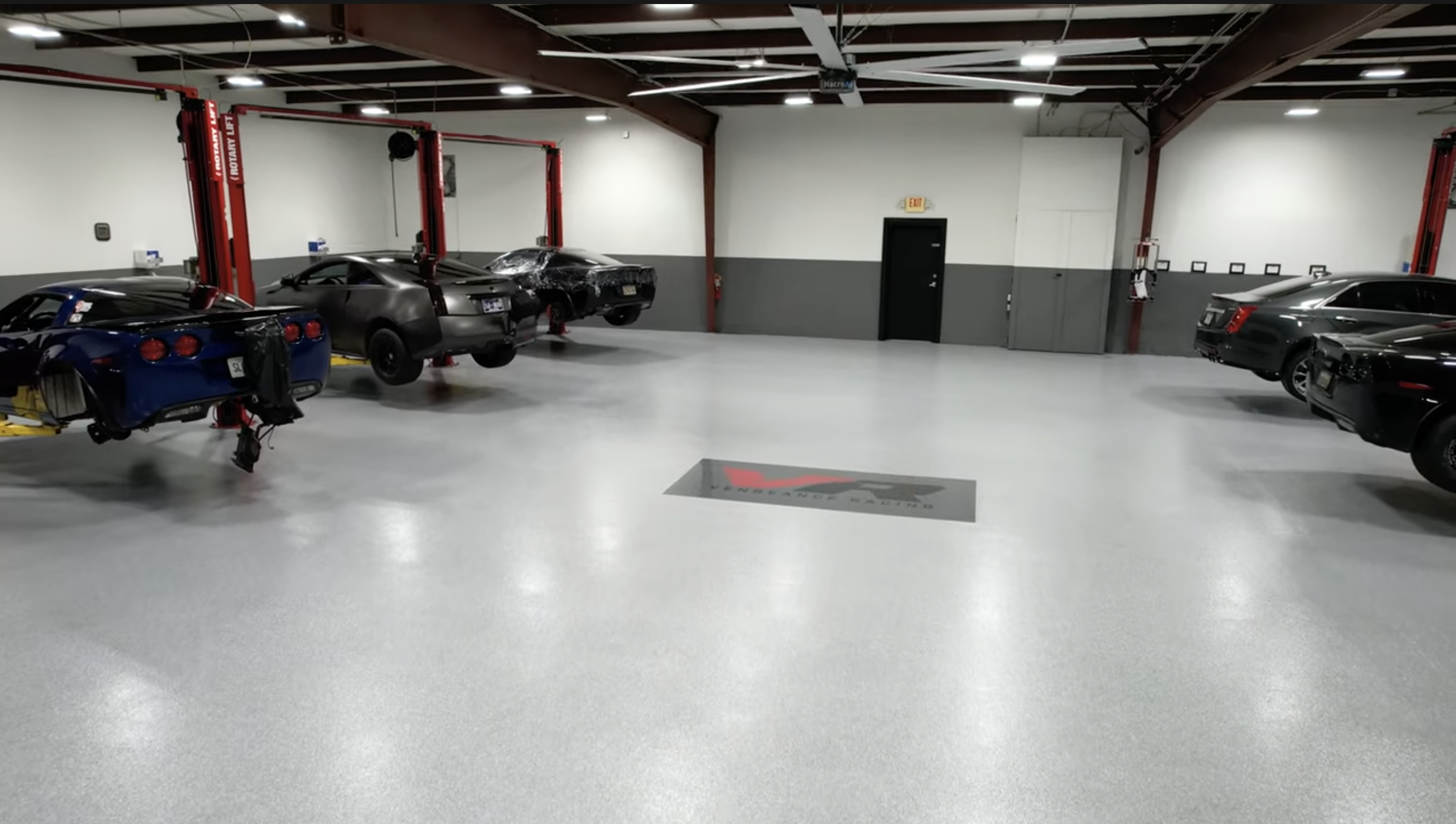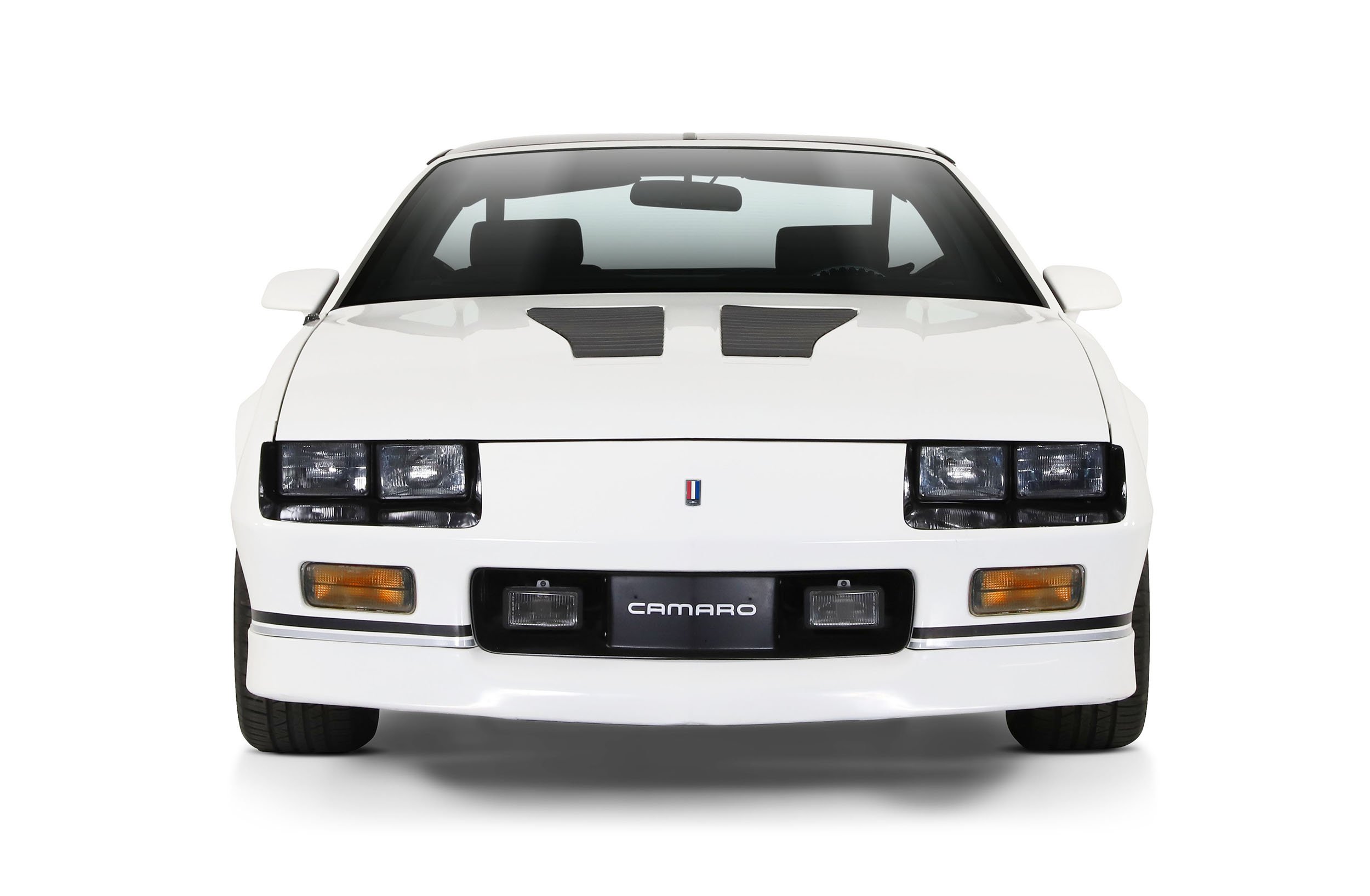We all want superpowers. Every day we see examples of this intrinsic desire to be bigger, stronger, and faster than we are, both on a personal level, as well as a human race. We spend countless hours at the gym trying to get just a little stronger, get up and run at 5:00 a.m. on a cold winter morning just to get a bit better at that marathon time, spend billions of dollars a year on all kinds of dietary supplements in the hopes that one of them will do even half of what they advertise.
In The Beginning
In the 1950’s Chevrolet hit a grand slam with the Corvette. It was the perfect blend of sport and fun and came around at just the right time to capture the country’s love and affection. Not long after the 1953 Vette stepped out into the limelight, America wanted more. So, in 1956 Chevrolet decided to unleash a variant of its venerable vehicle and call it the Corvette Super Sport as a prototype. In 1957, Chevy unveiled the purpose-built racecar known as the Corvette SS. This was the first car built to wear the SS badge and begin a revolution.
The SS stands for Super Sport, and that is by design. The name itself is supposed to elicit images of everything that “super” already stood for: Superman, superstars, supernatural, all synonyms for the same feeling in a way, and Chevy wanted the SS to come to be a catalyst for those same emotions. Once it realized the market demand was there, the first production SS option was made available in 1961 for the Chevy Impala. Intentional or unintentionally, the muscle car wars of the 1960s were off to a great start.
Impala SS
An Impala SS option package could be had for a comical $53.80 over the car’s base price. With that money, you changed your Clark Kent base Impala into a road-going hero that was faster than a locomotive and most Thunderbirds. The package got you a 348 cubic-inch engine that made either 305, 340, or 350 horsepower. If you were one of the 142 lucky ones to choose the optional 409 cubic-inch engine, you were privvy to 360 very underrated horsepower.
Upgraded springs, wheels, shocks, and better brake lines were all part of the SS package, at least initially, to any trim Impala you wanted. Did someone say “sleeper?” The Impala SS continued to be produced until 1969, culminating with the unstoppably massive 390 horsepower, 454 cubic-inch big-block in its final production year. The Impala SS lay dormant for 25 years until it was resurrected in 1994, but more on that later.
Chevy II And Nova SS
After the Impala introduced us to the SS, the Chevy II Nova took up the SS mantle in 1963. But when it first hit the streets, it felt more like Robin than Batman. While GM expedited the creation of the Chevy II, rumored to be only about 18 months from start to finish, to supplant the failing Corvair in its battle with the sales-monster Ford Falcon, the assembly was the fastest thing about the Chevy II SS. That would dramatically change in time, though; even superheroes come from humble beginnings at times.
Initially, the RPO coded ZO3 package (only available on the 400 Series coupe and convertible) didn’t pack a punch it would in later years. The Chevy II dropped its numeric moniker in favor of its alter ego known as the stellar Chevy Nova. Included in the $161.40 up-charge for the SS, you were privvy to a trim-specific dashboard, bucket seats, side moldings, and wheel covers, as well as the all-important floor shifter. Power came from a 3.2-liter straight six-cylinder motor that produced an adequate-at-best 120 horsepower and was often swapped out in favor of some of Chevy’s bigger engines by hot rodders.
Thankfully, Chevy didn’t make its faithful followers wait too long for a little super-soldier serum. In 1964, performance enhancement came in a small-block 283 cubic-inch V8 that initially produced a much more respectable 195 horsepower, quickly upped to an even more impressive 220 horsepower. But 1965 was the year that the Chevy II/Nova SS put to rest any notion that it was solely a sidekick-level supercar, thanks to a 327 cubic-inch-sized infusion of power. With up to 300 horsepower available, the only thing a Falcon could beat the Nova in was sales. In 1967, Chevy II SS badges were replaced with Nova SS badging, which was the unofficial name change that Chevy would ultimately decree in 1969.
The Nova was again granted the SS gift from 1968-74. It was offered with similar options as its Camaro sibling, culminating with a 396 cubic-inch engine that produced either 350 or 375 horsepower and 415 lb-ft of torque for either choice. That power came with another option of transmission, too. You could select a Muncie M-21 close-ratio four-speed manual, the more robust Muncie M-22 “Rock Crusher” version of that same four-speed, or a simple three-speed Turbo-Hydramatic 400 automatic.
Despite being a star (pun intended) in its own right, the Nova SS was brought about in a time when there were so many of these Herculean cars running around that it felt at times like it got lost in the super shuffle. Once it was redesigned in 1968, the Nova SS was often mistaken for its doppelgänger stablemate, the mighty Chevelle SS. If the Nova SS was Spiderman, the Chevelle was Venom.
Chevelle SS
The legendary Chevelle SS from 1964-1973 battled the Hemi’ Cuda, GT500, and even the occasional GTO for streetlight supremacy. Armed with anything from an SS 396 to the world-beating LS6 SS 454, the Chevelle was one of the most iconic muscle cars of the 1960s.
With sturdy good looks, the Chevelle SS became GM’s first real foray into the muscle car battle with Ford and Chrysler. With suspension upgrades like stiffer springs, better shocks, and larger stabilizer bars, the Chevelle made the most of what it was packing under the hood. From 1968-1972, the second generation has proven to be the most collectible of the bunch. Despite being made in tandem with the Malibu SS, the Chevelle quickly became the choice of drag racers and eventually collectors everywhere.
In 1970, the LS6 mentioned above was housed in 4,475 Chevelle SS’ and produced a stunning 450 horsepower and locomotive-level 500 lb-ft of torque. The LS6 Chevelle SS could run from 0-60 mph in 6.1-seconds and through the 1/4-mile in 13.7-seconds at 103.1 mph, on its way up to a 162 mph top speed. Now, if those times don’t conjure up visions of a cape flapping in the wind, remember that those times were accomplished on woefully narrow F70x14-inch bias-ply tires that would be too small for a modern Honda Civic Type-R. With a set of drag tires in place, those times tended to drop faster than Lois Lane’s hopes for dinner plans whenever there was a police siren within earshot.
Camaro SS
From there, the SS logo began what would end up being a half-century’s worth of drag racing when it donned the Mustang-fighting Camaro SS. Built from 1967 to 1972, the Camaro SS was a force to be reckoned with and became the Bowtie representative in the Pony Car wars. For about $300 extra, you could make your coupe or convertible into an SS. This meant a 350 cubic-inch engine producing a stout 300 horsepower and 380 lb-ft of torque mated with either a four-speed manual or Powerglide transmission. A heavy-duty suspension was capped off with racy Wide-Oval tires and disc brakes, as well as the requisite SS badging strategically placed through the interior and exterior.
In 1968-’69, the Camaro SS was given the mighty 396 V8 that came in 325, 350, or an aluminum-headed 375 horsepower. Sadly, even though in its second generation, the Camaro SS still retained the monstrous Holley carbureted 396– which actually displaced 402 cubic inches — some advertisements showed both an LS6 and LS7 454 V8 as available options for the Camaro. Still, they never saw the light of day. After the 1973 model, the Camaro SS was not seen again until nearly a quarter-century later, when it was reintroduced in 1996.
Monte Carlo and El Camino
The Monte Carlo also got caught up in the race wars. At its peak, the Montes were available as an SS454. That option, a mere $420 surcharge, got your 7.4-liter big-block Turbo Jet 454 that made 360 horsepower and 390 lb-ft of torque funneled through a three-speed automatic transmission. You were privvy to heavier-duty suspension parts as well as optional gear ratios as low as 3.31 ratio.
Finally, even the quirky and cultish El Camino joined the ranks of super special cars. From 1968-72, this lowriding hauler really hauled. Capped off with the same SS 454 option as some of its siblings, the El Camino housed an LS6 big-block V8, which made a disturbing 450 horsepower and dumbfounding 500 lb-ft of torque.
Sadly, a gas shortage combined with newfound emission restrictions hit the Super Sport world and every other performance car, like a bag full of Kryptonite. This debilitating force stifled performance for years to come. But the El Camino SS was still available in lesser forms and was produced as an SS model up until 1987, ushering in a whole new wave of modern SS cars.
After the last Monte Carlo SS rolled off the line in 1988, the SS badge did not grace another Chevy car until the Impala SS was resurrected in 1994. We are obligated to mention the 454 SS and S10 SS pickup trucks were available during this drought, but our focus will be on things that are closer to the ground. And that 1994 Impala SS was low to the ground, for sure. A full 1-inch lower than the stock car and the apple of every mid-’90s hip hop music video’s eye.
Back To The Impala
Ironically, the Impala SS was primarily based on the law enforcement variant of the Impala, using the same LT1 5.7-liter V8 that and, for some reason, used cast-iron heads as opposed to the Corvette and Camaro’s lighter aluminum ones. The engine was also given a toque-centric camshaft which provided more low-end grunt, helping it put down a slightly underrated 260 horsepower and 330 lb-ft of torque. Power was channeled through the venerable 4L60e automatic transmission and then onto the rear wheels through a tallish 3.08 rear gear.
For a 4,200-pound, the Impala SS could hustle from 0-60 mph in a reasonably quick 6.5-seconds and trap the 1/4-mile in just about 15-seconds flat at around 93 mph. Though it only lasted in production until 1996, it was popular enough to encourage Chevy to bring back its champion pony car — the Camaro SS.
The Fourth Generation
As most readers know, the fourth-gen Camaro was a monster, especially in the later years. In 1996, we got a rocking 330 horsepower Camaro SS with an LT4 motor directly from the Corvette Grand Sport. After two years, the F-bodies got the mighty LS1 aluminum V8, and the 1998-2002 Camaro SS ended up with 325 horsepower and 350 lb-ft of torque and a host of suspension upgrades. Other improvements included a very much-needed power steering cooler and a muscular curved rear wing.
The 1998-2002 Camaro SS was the car to beat at the time. No production Mustang, 350Z, 3000GT, or M3 could vanquish the Camaro’s superheroic performance. It took merely 5.2-seconds for the car to hit 60 mph and blazed the 1/4-mile in 13.3-seconds at 109 mph. Sure, cars like the Dodge Viper, big-brother Corvette ZO6, Porsche 911 Turbo were all faster, but for about $31,000, there was no better bang for the buck.
Front-Wheel Drive SS
Concurrently with the Camaro, was also the Monte Carlo SS that, in its third generation, produced an SS model from 2000-07. It’s at this point that we’d like to nominate an idea that a true SS car needs to have eight cylinders, at least until we all switch to electric. At its best six-cylinder form, a 3.8-liter OHV supercharged V6 is shared with the Pontiac Grand Prix GTP that made 240 horsepower and smoked more than a few V8s in its time. So perhaps, the V6 Monte Carlo SS was a true Super Sport.
For 2006-09 a real 5.3-liter LS4 V8 was dropped into the Monte Carlo SS, making a solid 303 horsepower and 323 lb-ft of torque, and did allow the Monte SS to post a respectable 14.7-second 1/4-mile pass at 98 mph and a solid but not breathtaking 5.8-second 0-60 mph run.
Super-ish
The Camaro took a seven-year sabbatical, but we did get to see the SS badge used on a few models that were far more Clark Kent than Superman. There were plenty of spinoffs that were a lot less ‘super’ than anticipated for those keeping score at home. Much like the Superboy or Steel comics that were all we had available when Doomsday killed Superman, the absence of the true hero made us appreciate it even more.
It was a dark time for the Super Sport. Villains like the Bullitt Mustang, GT500, Honda S2000, Subaru WRX, and Lancer Evolutions ran wild in the streets, causing havoc among the GM faithful. The stand-in GM superheroes did an admirable job, but it did take a few years and a few models to figure that out.
The first entry into the tuner market from GM brought us the Cobalt SS. This diminutive powerhouse got progressively stronger in each of its model years. Beginning with a relatively benign supercharged 2.0-liter four-cylinder engine that produced 205 horsepower, it was still fun to whip around the track when paired with the manual-only transmission.
In 2008, GM realized that the tuner market was far more turbo-centric and took that same 2.0-liter four-banger and used a turbocharger this time around, making a vastly more impressive 260 horsepower. That same turbocharged mighty mouse motor was also used to power the incredibly quirky HHR SS, destroying the PT Cruiser.
The Malibu and Malibu Maxi SS during that time was more about SS badging than traditional SS performance. The 3.9-liter V6 powering these two made 240 horsepower and 240 lb-ft of torque. These cars were indeed heroic efforts by GM, even if they couldn’t save the day at the track.
The Comeback
Much like the resurrection of Superman himself, the Camaro SS made a triumphant return in 2009 as a 2010 model in no small part due to its starring role in Transformers as Bumble Bee, where coincidentally, it battled an evil Mustang Decepticon.
In this iteration, it was powered by either an LS3 V8 pulled right from the Corvette, making a legit 426 horsepower and 420 lb-ft of torque backed up by a six-speed manual, or an L99 V8 making a still-respectable 400 horsepower and 410 lb-ft of torque, but mated to an automatic transmission. In its fifth-gen guise, the Super Sport was just a simple option package that seemed more like a basic trim designation than the tried and true track monsters of yore.
The fifth-gen Camaro SS offered suspension upgrades, some trick halo-ringed xenon headlamps, and a trim-specific spoiler to designate the SS above the other riffraff. This SS could run from 0-60 mph in 4.9-seconds and through the 1/4-mile in 13.0-seconds at 110 mph in six-speed form. There are plenty of forums where supposed stock SS Camaros have beaten those times, but generally, they are about right for the average driver.
Amid this Super Sport renaissance, there was something of an unsung hero in our midst. The Chevy SS sedan was an Americanized Holden Commodore. It was essentially an evolution of where the Pontiac GTO/G8 left off. The exterior made it seem much more mild-mannered than the costumed hero beneath the hood. Sporting a leftover 6.2-liter LS3 V8 making 415 horsepower and 415 lb-ft of torque, backed by a Tremec six-speed manual transmission, this family hauler flew from 0-60 MPH in 4.7-seconds and through the 1/4-mile in 13.2-seconds at 108.9 mph.
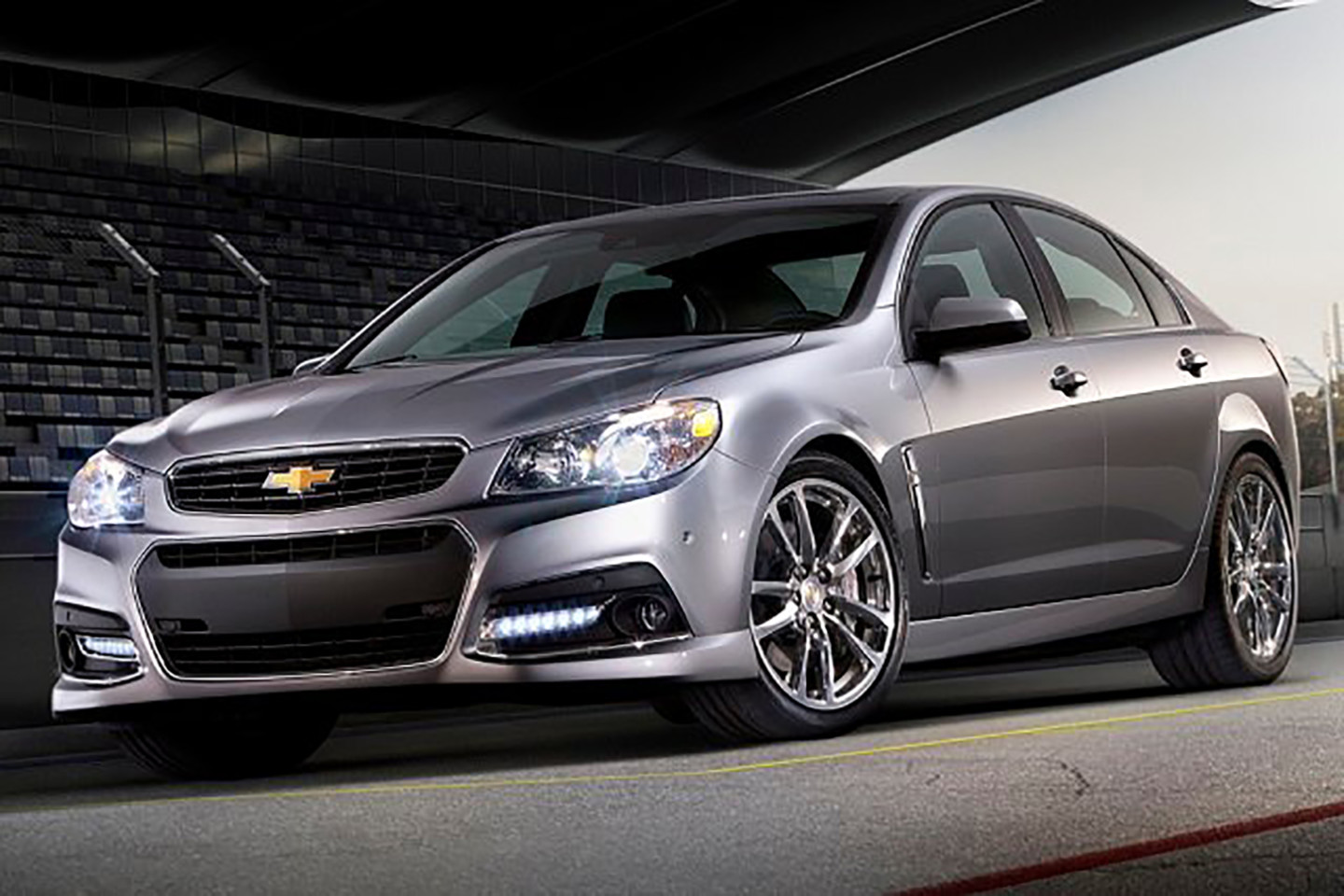
The 2014 Chevrolet SS performance sedan is Chevrolet’s first rear-wheel-drive performance sedan in 17 years.
Thanks to a taut suspension and magnetic ride control, the SS acted more like a four-door Camaro but still looked like a juiced-up Malibu. This is probably why it got the ax after about 10,000 units were sold over its four-year model run, despite its valiant efforts to keep the SS badge alive.
Gen Six
Our champion returned on its 50th birthday with a gift for all of us during that lackluster SS sedan run. The Camaro celebrated by debuting its sixth-generation SS as a 2016 model. Based on GM’s newer Alpha platform, the new Camaro weighed 200 pounds less than the car it replaced and got an even stouter motor.
Once again, big brother Corvette lent baby brother his cape and mantle. The Camaro SS got the same 6.2-liter LT1 V8 that made the same 455 horsepower and matching 455 lb-ft of torque. No one complained about a hand-me-down. That motor was mated to either a six-speed manual or new eight-speed automatic and helped the SS rocket from 0-60 mph in just 4.0-seconds and burn through the 1/4-mile in 12.3-seconds at 116 mph. Just for perspective, those numbers are what the C5 ZO6 put down and just shy of the 505 horsepower C6 ZO6. Not bad for little brother.
Off The Beaten Path
Overall, the SS model lineup has had some hiccups along the way. It should be noted that trucks also donned this moniker. Aside from the 454SS and S10 SS, the very polarizing SSR came to light for a three-year model run from 2003-06, initially powered by a warmed-over 5.3-liter Vortec 5300 V8 that made a good 300 horsepower, it ultimately got a hand-me-down LS2 V8 that made 400 horsepower and brought 0-60 mph acceleration times into the low fives.
Another popular truck to don the SS title was the TrailBlazer SS, which ran from 2006-09 and used the LS2 borrowed from the C6. Thanks to a stiff suspension and shorter than usual 4.10 rear gears, the TrailBlazer SS was a powerful foe off the line, especially in all-wheel drive, to any unsuspecting Mustang or F-150 Lightning.
Last Of The SS
Currently, the Camaro SS is the last of the SS cars in production as of this writing. Historically speaking, the Camaro SS is probably the best suited to be the flagship of that heralded badge. It’s been more than half a century since we were introduced to the Super Sport designation and nearly an entire century since we got our first taste of Superman himself.
We have come to associate that letter S as a symbol of something bigger, stronger, and faster than anything we mere mortals could be on our own or in base production form throughout time. Superman was more powerful than a locomotive and faster than a speeding bullet. The SS badge also represented a few select cars that were given extraordinary powers beyond the stock machines. So thank you, GM, for building vehicles that have almost more torque than a locomotive and indeed being faster than a speeding bullet. Or maybe that should be spelled the villainous way — Bullitt.
